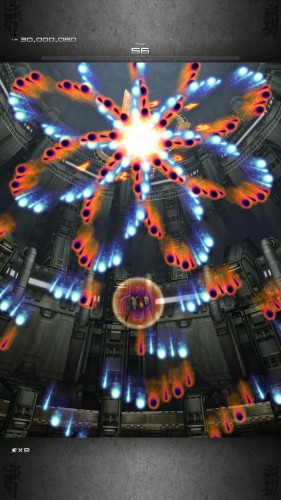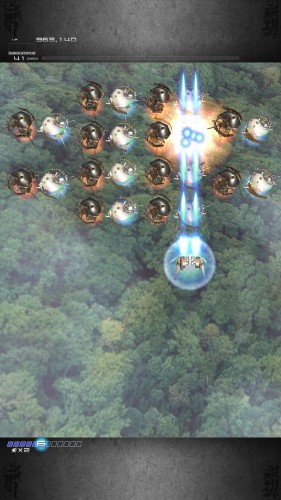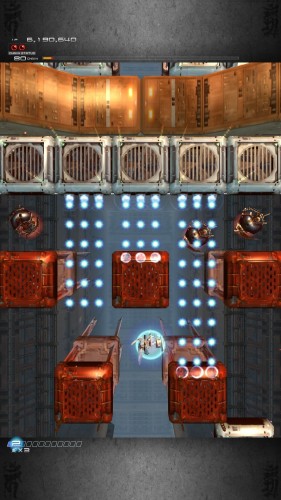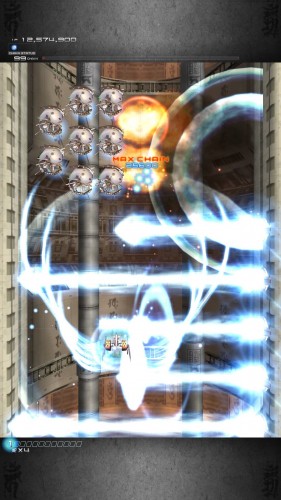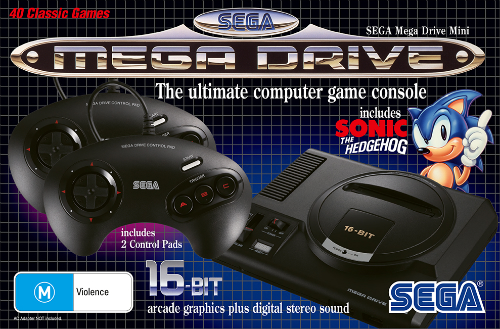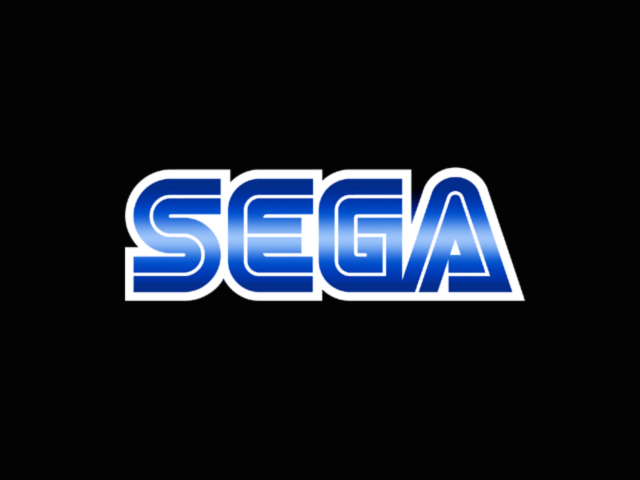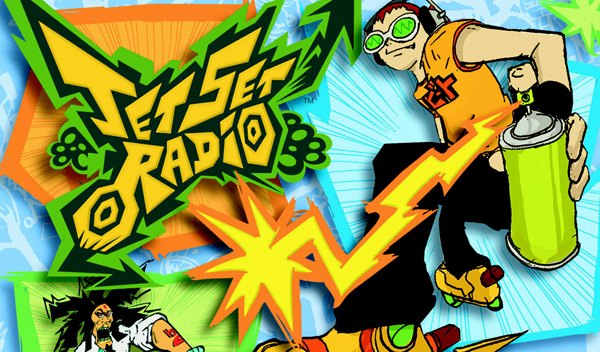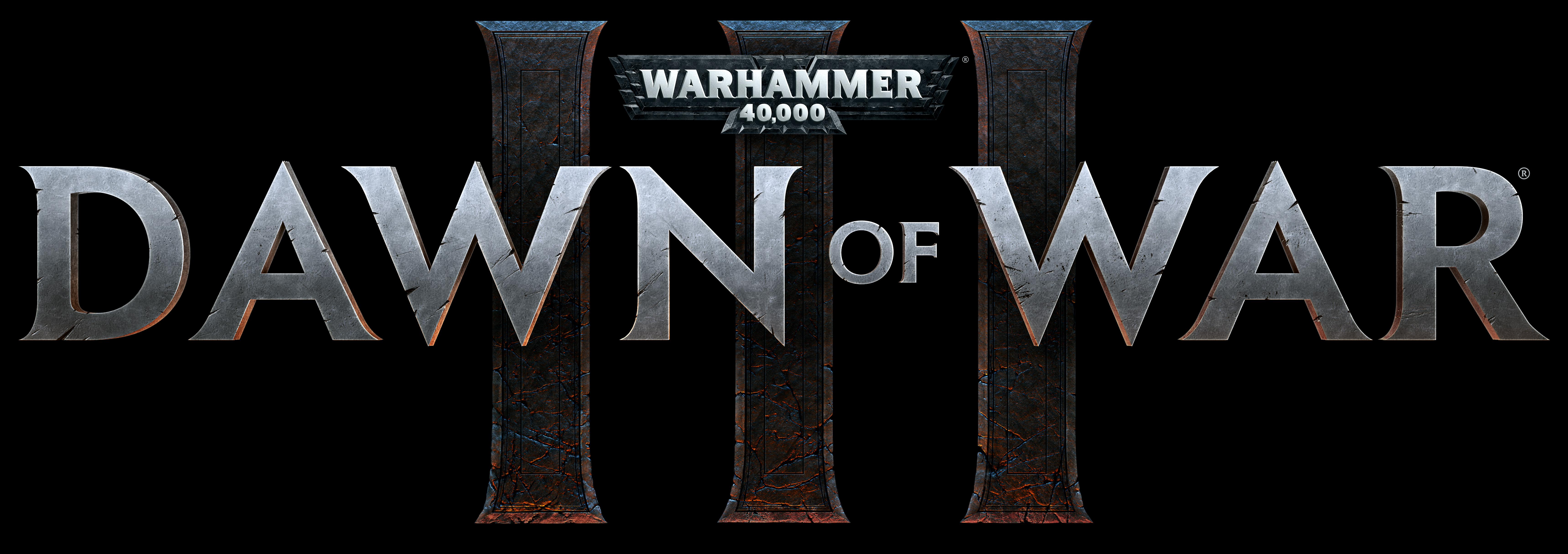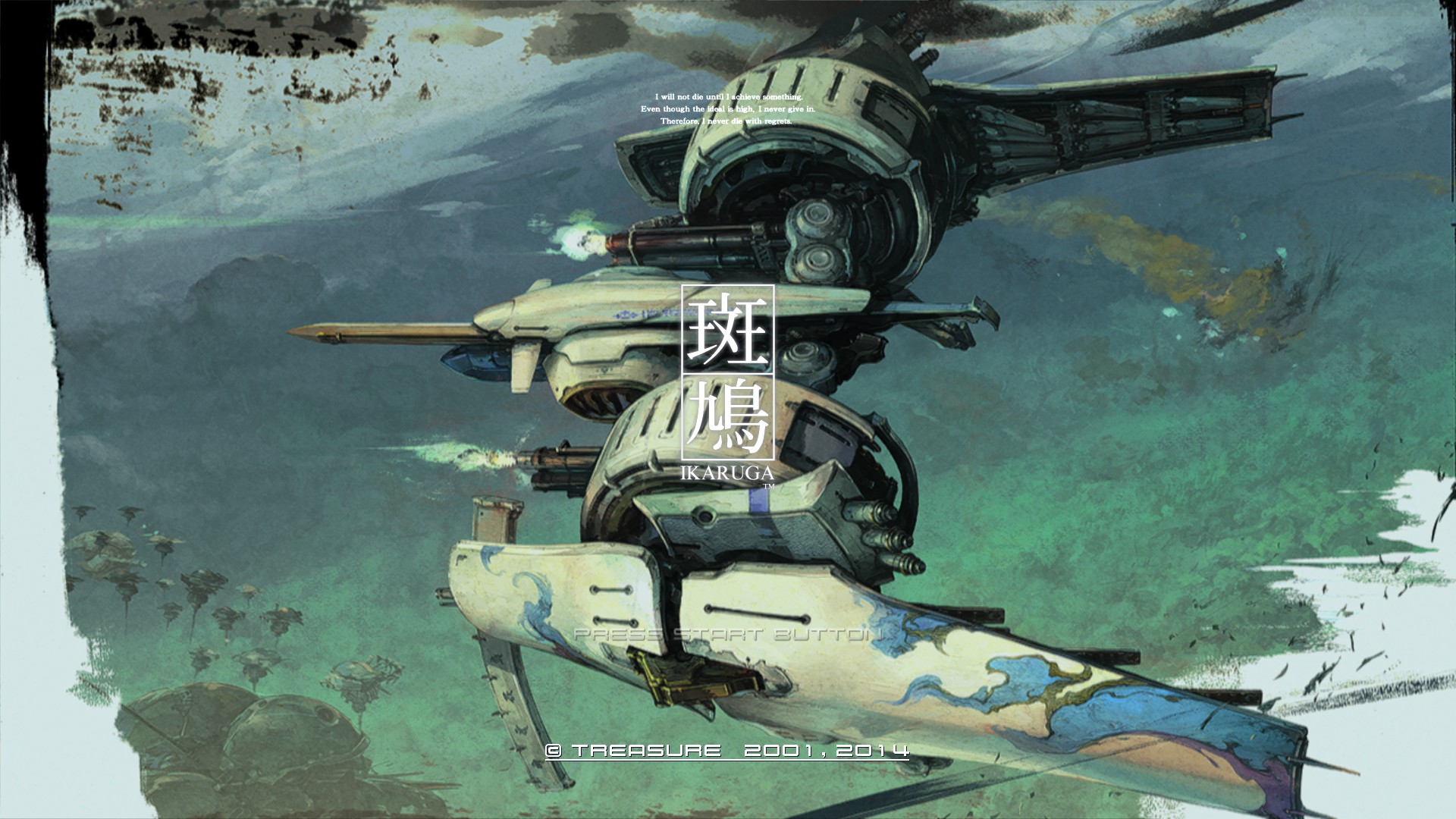
”I’m not regret”
Ikaruga. A video game of near-mythical status. Mention its name in the right circles and an awed hush will settle over people. Suddenly, you aren’t just talking about video games anymore. You’re talking about a legend.
First released on the Sega NAOMI arcade system, and then the Dreamcast, Ikaruga became the last breath of Sega’s final hardware. Compressed into just twenty megabytes was a game so perfect, so complete in its vision and so amazing in its execution, that it alone could have justified the existence of Sega’s ill-fated console.
Those lucky enough to play it told of a shooting game like none before it. At a time when the genre was getting faster and harder, as the new generation of “bullet hell” shooters was gaining traction, Ikaruga was a throwback. Some claimed that it wasn’t a real shooter at all, and that it’s carefully crafted patterns and configurations made it more a puzzle game than a shooting game.
Videos appeared on the pre-Youtube internet. Heavily compressed AVI files and, horror of horrors, RealMedia. They showed a game perfectly balanced between challenge and reward. Some of them showed a single person playing two players at once. All of them showed something special, something genuinely amazing. Could it be, after years of being a forgotten genre, that the 2D vertical shooter was making a comeback?
The release of Ikaruga on the Gamecube seemed to suggest that there would be a revival in the genre, although it didn’t come to full fruition until a few years, and a console generation, later, when services such as Xbox Live Arcade and the Playstation Network made it financially viable to release these games in the west. They proliferated on both stores, and the nascent mobile gaming market that emerged in the wake of the iPhone. Without the Gamecube’s infamous “frothing demand” US cover, none of that would have happened. Eventually, even Ikaruga itself found its way to Xbox Live Arcade, a HD remaster that brought the legend to many more people, and became the top-selling game on the service for a time.
Now, in 2014, the legend returns. It’s made its way to PC for the first time through Steam. Can this version live up to the hype? Is the game still as good as it was when it first appeared fourteen years ago?
Of course it is. Ikaruga is timeless. Take most games of the time it was released and they will now look like low-resolution badly-textured messes. Not Ikaruga. Play a game from that era and you’ll find outdated, unnecessary mechanics. Design ideas that have been evolved out of modern gaming. Play Ikaruga, however, and you’ll find a game that’s as perfect now as it was then.
Born as a spiritual successor to a game that’s perhaps held in even more legendary status, Treasure’s 1998 Saturn classic Radiant Silvergun, Ikaruga is an intentional antithesis to that game. Whereas Radiant Silvergun has seven full weapons and a complex chain-based power-up system, Ikaruga gives you exactly two weapons and no power-ups. Whereas Radiant Silvergun is a seemingly endless stream of boss battles across six vast stages that take more than an hour to complete, Ikaruga is five short stages that can be beaten in less than 25 minutes. Whereas Radiant Silvergun required you leave enemies alive when you built chains, Ikaruga lets you switch colours after each change, allowing you to easily kill everything you can get your weapons on.
Ikaruga, then, is a study in minimalism. One primary weapon and a homing laser that you charge up by absorbing bullets. This is the game’s major mechanic, and the one that makes it famous. Every discussion of Ikaruga talks about how you can change the ship’s colour from black to white at will, and absorb bullets of that colour. Your weapons will also do double damage to the opposite colour, an important strategy for killing enemies as quickly as possible.
The other major feature of the game is the chaining system. Every enemy in the game is either black or white, and killing three enemies of the same colour creates a chain. Kill three more enemies of that colour, or three more enemies of the opposite colour, and you continue to the chain. The beauty of this system is that every enemy configuration in the game is set up to encourage chaining. Mindless shooting will get you reasonably far, but true artists chain.
This is where the near-perfect balance of Ikaruga shines through. Even in two-player mode, it’s possible for both players to chain the entire game without interrupting or interfering with each other. Watching it happen is like watching a beautifully choreographed dance, every action leading into the next, all backed by the game’s majestic symphonic score.
That score suggesting a tragic but vital struggle. The storyline, which, in another reversal from its predecessor, is almost entirely excised from the actual game, concerns the rebel fighter Shinra. Shot down near the village of Ikaruga (a real place in Japan’s Nara prefecture), which is inhabited by refugees from the powerful Horai empire, Shinra is nursed back to health by Amanai, an old man who builds him a new ship, named for the town, to fight the Horai with. He is helped (in a 2-player game) by Kagari, a former mercenary who switched sides to fight with Shinra after he spared her life. Together, they fight the Horai empire, looking for a way to defeat the powerful Stone-like which gave the empress Tenro her god-like powers.
Ikaruga’s appearance on PC is merely the latest chapter in the game’s legend. It continues to be one of the most compelling shooting games ever made, an ageless classic in an era where games are becoming more and more throwaway and forgettable with each passing year. When something this close to perfect comes along, it demands to be played.
Don’t be put off by the brutality of the difficulty, that’s just the nature of the arcade shooter beast. Ikaruga is a game that needs to be mastered, not beaten. It takes skill and practice to get through it with a high score, and the satisfaction in doing so is far more than any current triple-A title will offer. Like a beautiful, well-polished diamond, Ikaruga is forever.
”You can’t feel the visible things. How can you feel the invisible things?”
The arcade classic returns in all its glory.
High initial difficulty will be offputting for some.

